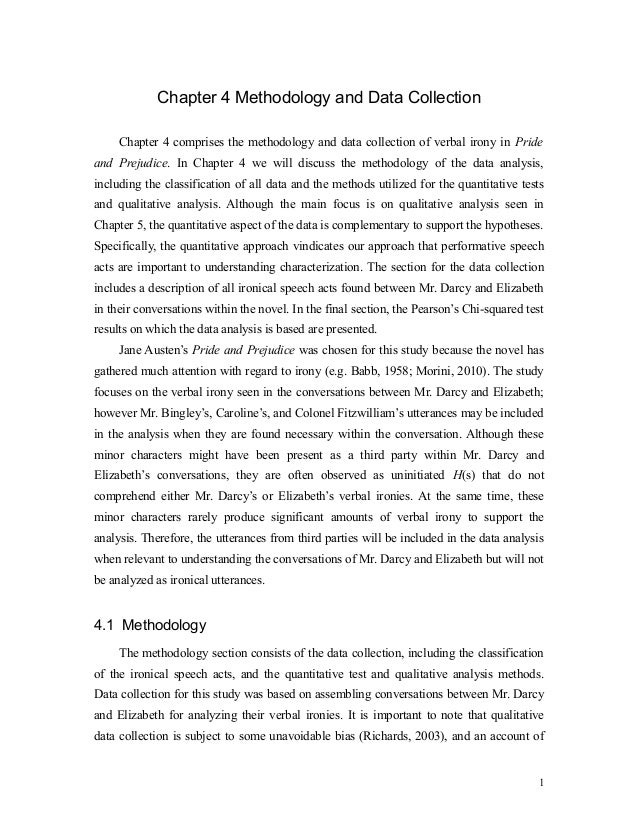
Calculate the Price
The results chapter (also referred to as the findings or analysis chapter) is one of the most important chapters of your dissertation or thesis because it shows the reader what you’ve found in terms of the quantitative data you’ve collected. It presents the data using a clear text narrative, supported by tables, graphs and charts The goal is to include only the important and relevant findings in this section. The results must be presented in an orderly sequence to provide clarity to the readers dissertation chapter hypothesis. This section of the dissertation should be easy for the readers to follow, which means that you should avoid going into a lengthy debate over the results' interpretation · Complete Guide for Writing Dissertation Findings Section by Students Assignment Help to UK graduates. Full Guidance of Dissertation Findings for Uk Students

How to write a dissertation findings chapter?
· When you are writing the findings of your dissertation, you need to be very selective. Only the clear and precise observation must be there in your finding section, which is crucial for your dissertation. This section talks about the statistical analysis along with a statement of whether the results you have obtained are significant or not · Provide an Introductory Paragraph By explaining what your findings chapter will include, you will prime your reader to understand what follows. This may involve briefly restating the methods of analysis used, particularly if your work includes statistical data The goal is to include only the important and relevant findings in this section. The results must be presented in an orderly sequence to provide clarity to the readers dissertation chapter hypothesis. This section of the dissertation should be easy for the readers to follow, which means that you should avoid going into a lengthy debate over the results' interpretation

What is a Dissertation Findings & Results Chapter?
· Provide an Introductory Paragraph By explaining what your findings chapter will include, you will prime your reader to understand what follows. This may involve briefly restating the methods of analysis used, particularly if your work includes statistical data Section 1: Introduction. The first step is to craft a brief introduction to the chapter. This intro is vital as it provides some context for your findings. In your introduction, you should begin by reiterating your problem statement and research questions · Complete Guide for Writing Dissertation Findings Section by Students Assignment Help to UK graduates. Full Guidance of Dissertation Findings for Uk Students

Get 15% off your first order with Students Assignment Help UK
Section 1: Introduction. The first step is to craft a brief introduction to the chapter. This intro is vital as it provides some context for your findings. In your introduction, you should begin by reiterating your problem statement and research questions The results chapter (also referred to as the findings or analysis chapter) is one of the most important chapters of your dissertation or thesis because it shows the reader what you’ve found in terms of the quantitative data you’ve collected. It presents the data using a clear text narrative, supported by tables, graphs and charts The goal is to include only the important and relevant findings in this section. The results must be presented in an orderly sequence to provide clarity to the readers dissertation chapter hypothesis. This section of the dissertation should be easy for the readers to follow, which means that you should avoid going into a lengthy debate over the results' interpretation

When You Should Start Writing the Findings / Results Chapter?
· The first thing that has to be done before beginning to write the findings is to decide which results are going to be included in this blogger.com is necessary to give the results that are pertinent to the queries, while also taking into consideration whether or not the data support the blogger.com the part devoted to the findings, it is not necessary for you to Section 1: Introduction. The first step is to craft a brief introduction to the chapter. This intro is vital as it provides some context for your findings. In your introduction, you should begin by reiterating your problem statement and research questions · Provide an Introductory Paragraph By explaining what your findings chapter will include, you will prime your reader to understand what follows. This may involve briefly restating the methods of analysis used, particularly if your work includes statistical data
No comments:
Post a Comment